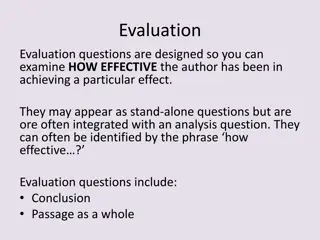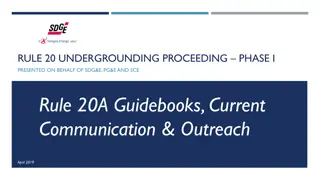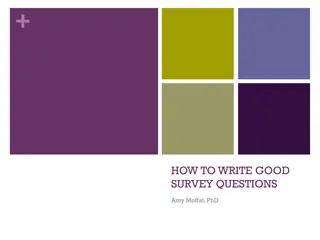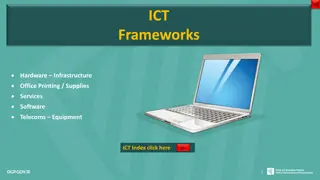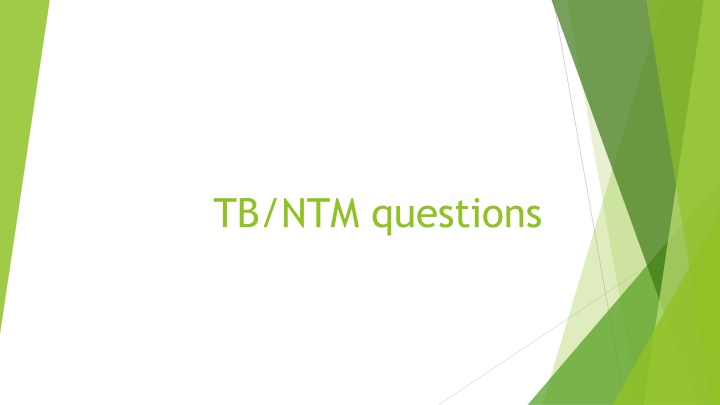
Managing Tuberculosis Diagnosis in Air Travel Scenarios
Learn the protocol for handling a patient diagnosed with active pulmonary TB after a flight. Understand when to contact health authorities and when passenger screening is necessary, based on official guidelines. Discover the procedures for notifying relevant consultants and providing information to airlines to safeguard public health.
Download Presentation

Please find below an Image/Link to download the presentation.
The content on the website is provided AS IS for your information and personal use only. It may not be sold, licensed, or shared on other websites without obtaining consent from the author. If you encounter any issues during the download, it is possible that the publisher has removed the file from their server.
You are allowed to download the files provided on this website for personal or commercial use, subject to the condition that they are used lawfully. All files are the property of their respective owners.
The content on the website is provided AS IS for your information and personal use only. It may not be sold, licensed, or shared on other websites without obtaining consent from the author.
E N D
Presentation Transcript
Q You have diagnosed a patient with active pulmonary TB with AFB smear positive, with PCR- no evidence of rifampicin resistance genes who has just returned 3 days ago from a 4 hour flight from Greece where he recalls coughing during flight- What should you ? 1- Contact health protection agency to screen all persons on the same flight 2 Call health protection agency to screen all people on the same row as patient or immediately in front or behind him 3 You do not need to do anything specifically related to the flight 4 You tell the patient to contact his travel provider to inform them 5 You screen air stewards and stewardess but no one else is required to have screening
Q You have diagnosed a patient with active pulmonary TB with AFB smear positive, with PCR- no evidence of rifampicin resistance genes who has just returned 3 days ago from a 4 hour flight from Greece where he recalls coughing during flight- What should you ? 1- Contact health protection agency to screen all persons on the same flight 2 Call health protection agency to screen all people on the same row as patient or immediately in front or behind him 3 You do not need to do anything specifically related to the flight 4 You tell the patient to contact his travel provider to inform them 5 You screen air stewards and stewardess but no one else is required to have screening
Cases on an aircraft 1.6.1.9 After diagnosis of TB in an aircraft traveller, do not routinely carry out contact tracing of fellow passengers. [2006, amended 2016] 1.6.1.10 The notifying clinician should inform the relevant consultant in communicable disease control or health protection if: less than 3 months has elapsed since the flight and the flight was longer than 8 hours and the index case is smear-positive and either the index case has multidrug-resistant TB or the index case coughed frequently during the flight. [2006] 1.6.1.11 The consultant in communicable disease control or health protection should provide the airline with 'inform and advise' information to send to passengers seated in the same part of the aircraft as the index case. [2006, amended 2016] 1.6.1.12 If the TB index case is an aircraft crew member, contact tracing of passengers should not routinely take place. [2006] 1.6.1.13 If the TB index case is an aircraft crew member, contact tracing of other members of staff is appropriate, in accordance with the usual principles for screening workplace colleagues. [2006] Tuberculosis NICE guideline Published: 13 January 2016
Q. A young man who works in a tropical pet store is referred to ID clinic with an unusual rash affecting his hand and arm. He is otherwise well You suspect NTM infection but which subtype is most likely. 1 M. avium complex 2 M. abscess 3 M. Chelonae 4. M. marinum 6. M. kansasii
Q. A young man who works in a tropical pet store is referred to ID clinic with an unusual rash affecting his hand and arm. He is otherwise well You suspect NTM infection but which subtype is most likely. 1 M. avium complex 2 M. abscess 3 M. Chelonae 4. M. marinum 6. M. kansasii
Q Which of the following is a not risk factor for developing active TB if found to have Latent TB? 1 HIV infection 2 Haemoatolgical Malignancy 3 Diabetes 4. COPD 5 Silicosis
Q Which of the following is a not risk factor for developing active TB if found to have Latent TB? 1 HIV infection 2 Haemoatolgical Malignancy 3 Diabetes 4. COPD 5 Silicosis
Be aware that certain groups of people with latent TB are at increased risk of going on to develop active TB, including people who: are HIV-positive are younger than 5 years have excessive alcohol intake are injecting drug users have had solid organ transplantation have a haematological malignancy are having chemotherapy have had a jejunoileal bypass have diabetes have chronic kidney disease or receive haemodialysis have had a gastrectomy are having treatment with anti-tumour necrosis factor-alpha or other biologic agents have silicosis.
Which of the following drugs is not known to interact with Rifampicin 1. Prednisalone 2 Combined oral contraceptive pill 3 Ciclosporin 4 Penicillin 5 Dabigatran
Which of the following drugs is not known to interact with Rifampicin 1. Prednisalone (decrease exposure) 2 Combined oral contraceptive pill (decrease the efficacy) 3 Ciclosporin (decreases concentration) 4 Penicillin 5 Dabigatran (decrease exposure to dapigatran- advises to avoid)
Enzyme inducer Rifampicin is a potent inducer of hepatic P450 enzyme system Important to discuss about birth control with patients Anticoagulation important Increases the plasma clearance of prednisolone by 45% so consider doubling prednisolone dose










